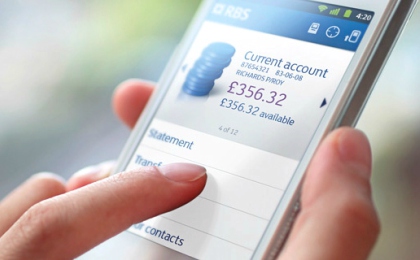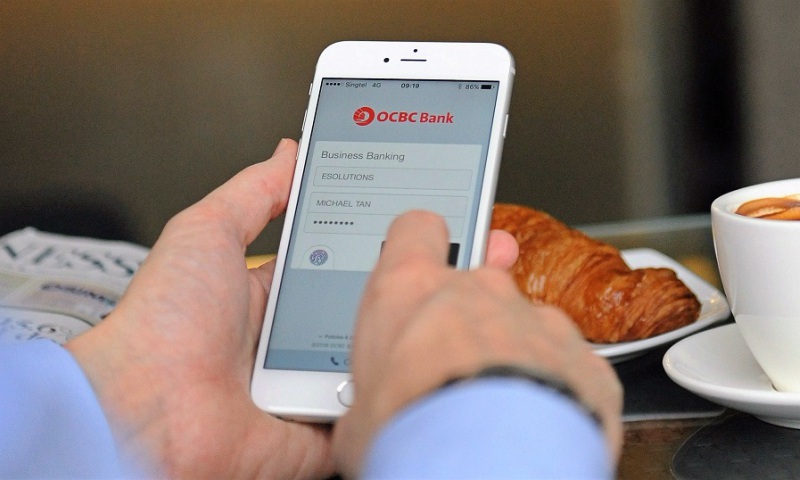We’ve had phone, web, and now mobile banking allowing people access to their money, their transactions, and their savings from anywhere with a network signal. So what’s next, apart from more of the same?
Mobile banking is not yet ubiquitous, partly due to the fact that the smartphone is not yet universal. Still, many recent surveys put mobile as the mechanism of choice for interaction with one’s bank.
 In some parts of the world, the smartphone story has yet to take off, but text-based banking is starting to dominate due to simplicity and ease of access. Clearly there is room for growth here as wealth-per-head and smartphone access increases. But apart from some UI tweaks, is there much more to do past basic account operations?
In some parts of the world, the smartphone story has yet to take off, but text-based banking is starting to dominate due to simplicity and ease of access. Clearly there is room for growth here as wealth-per-head and smartphone access increases. But apart from some UI tweaks, is there much more to do past basic account operations?
One of the problems that banks face with wealth–or savings and investments–is one that troubles most mobile experiences: relevance. Once outside the transactional bank account, the investment needs of customers vary widely based on age, income, and circumstances. For example, mortgages have less interest to pensioners, and investments cut little ice with those who have nothing left after the rent and credit card bill has been paid.
What’s next: wealth management apps
The next step in creating a relevant mobile experience for banks is wealth management apps which allow a transactional mobile application to offer access to other investment vehicles to view, experiment, and execute. Obvious candidates here would be equity and currency trading, services that already exist primarily outside of the normal banking providers.
The options for wealth management apps vary from the very trading-technical e-trade application to the easy-to-reach Robin Hood app. Robin Hood offers commission-free trading as part of the package, and also has the most straightforward UI.
It is perhaps surprising and strange that banks have allowed these disruptive trading services to thrive outside of retail banking accounts. Similarly, it is clear that if banking is purely a digital experience, then the long-held traditional suppliers are going to be challenged by the new digital-only offerings.
 In the wealth space, companies such as Nutmeg and Betterment offer wealth management apps via a more holistic investment vehicle. These applications may not have the regular use of a banking app, but they do provide a very interactive experience, graphical dashboards, advice, and simple packaging of risk, allowing customers to choose and change their investment selections. This light-touch approach will inevitably draw people away from the more traditional and less flexible institutions.
In the wealth space, companies such as Nutmeg and Betterment offer wealth management apps via a more holistic investment vehicle. These applications may not have the regular use of a banking app, but they do provide a very interactive experience, graphical dashboards, advice, and simple packaging of risk, allowing customers to choose and change their investment selections. This light-touch approach will inevitably draw people away from the more traditional and less flexible institutions.
Do or die for banks?
The new challengers in this space have the advantage by being able to take a little more time to take a fresh look at the problem, and not being encumbered with existing interfaces, back-end systems, maintenance, and legacy inertia.
To compete, banks should be looking for technology solutions that allow them to move beyond being digital technology experts and instead focus on leveraging their expertise in their customers and their products and providing innovative ways of bringing the two together.
If banks don’t do this, it would be incredibly easy for the investment challengers–once they have a customer hooked on their dashboards–to add some transactional functionality on the side. Do that, and the need for the traditional bank account disappears.
.
This post originally appeared on the Kony blog, and is republished here with Kony’s permission. For quick information about Kony, check out their profile page in our Mobile Directory.
.





